NanoLumCat Ostrava Attracts World’s Leading Nanomaterials Scientists
‘NanoLumCat Ostrava–Revealing the Future of Light Transformation’ has brought together leading materials scientists from Italy, Germany, Spain, Poland, Slovakia, China, the Czech Republic and other countries. The three-day workshop on carbon dots and single-atom catalysis for renewable energy sources starts today at the IT4Innovations National Supercomputing Center at VSB-TUO. VSB-TUO joined forces with CATRIN of Palacký University Olomouc to host the event, which is held also under the auspices of the SAN4Fuel project and the Global Experts programme.
“The aim of the meeting of leaders in the field is to reveal the latest advances in research on carbon dots and single-atom catalysis and to launch a new era in research and development of technologies in the field of nanomaterials for sustainable development. I am very glad that the invitation has been accepted by important scientific figures from both theoretical and experimental chemistry. We can thus cover a very wide area of research from designs, synthesis and characterization of materials to specific applications in the field of medical imaging, light sources and photocatalysis,” said Michal Otyepka, one of the main organizers of the event.
Participants can look forward to a lecture by one of the world’s leading scientists in the field of time-differentiated spectroscopy, Dirk M. Guldi, who is currently a professor at the University of Erlangen–Nuremberg, focusing in particular on the development of carbon-based materials such as fullerenes and carbon dots that can be used to collect solar radiation.
Chiral carbon dots will be the central topic of the lecture by Andrey Rogach, an expert on the synthesis, assembly and optical spectroscopy of colloidal semiconductor and metal nanocrystals, and their hybrid structures, and their use for energy-related applications. Professor Rogach is based at the City University of Hong Kong and at VSB-TUO is the central figure of the Global Experts programme’s grant called Experimental and Theoretical Study of Luminophores with Chiral Carbon Dots Emitting Near Infrared Radiation.
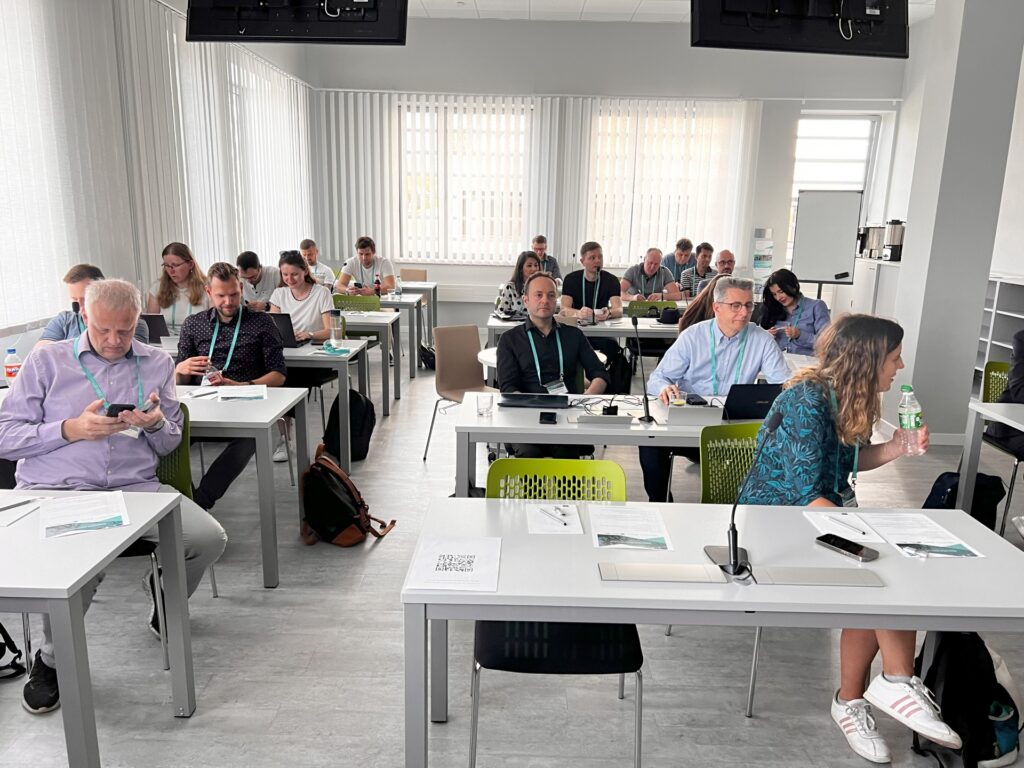
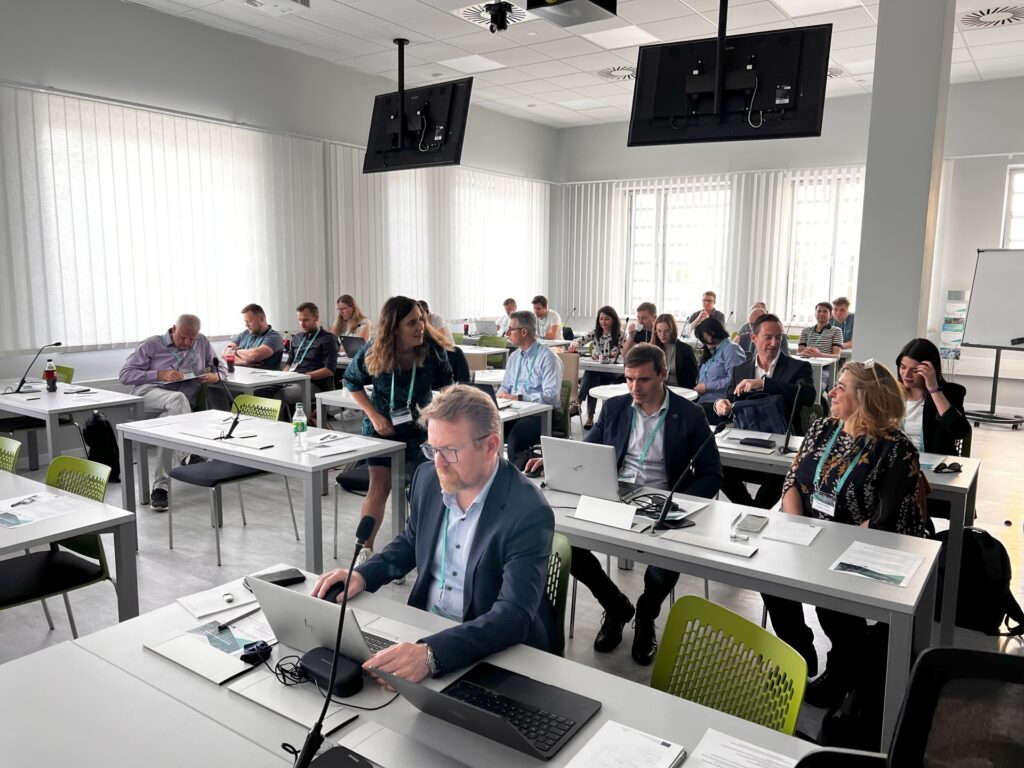
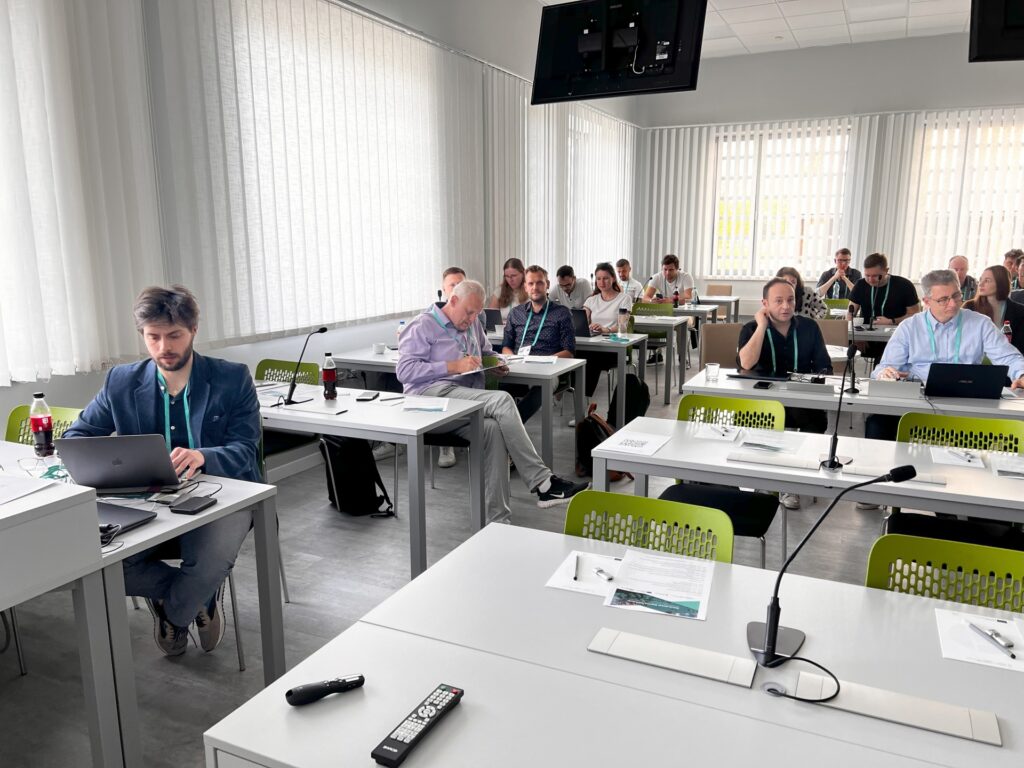
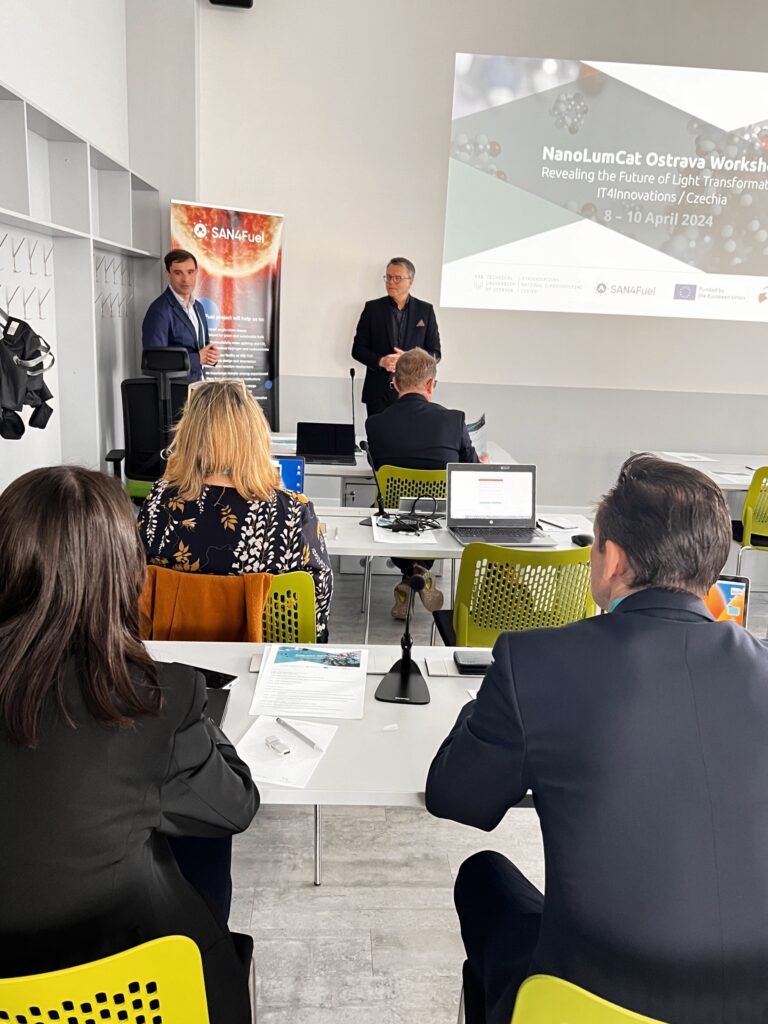
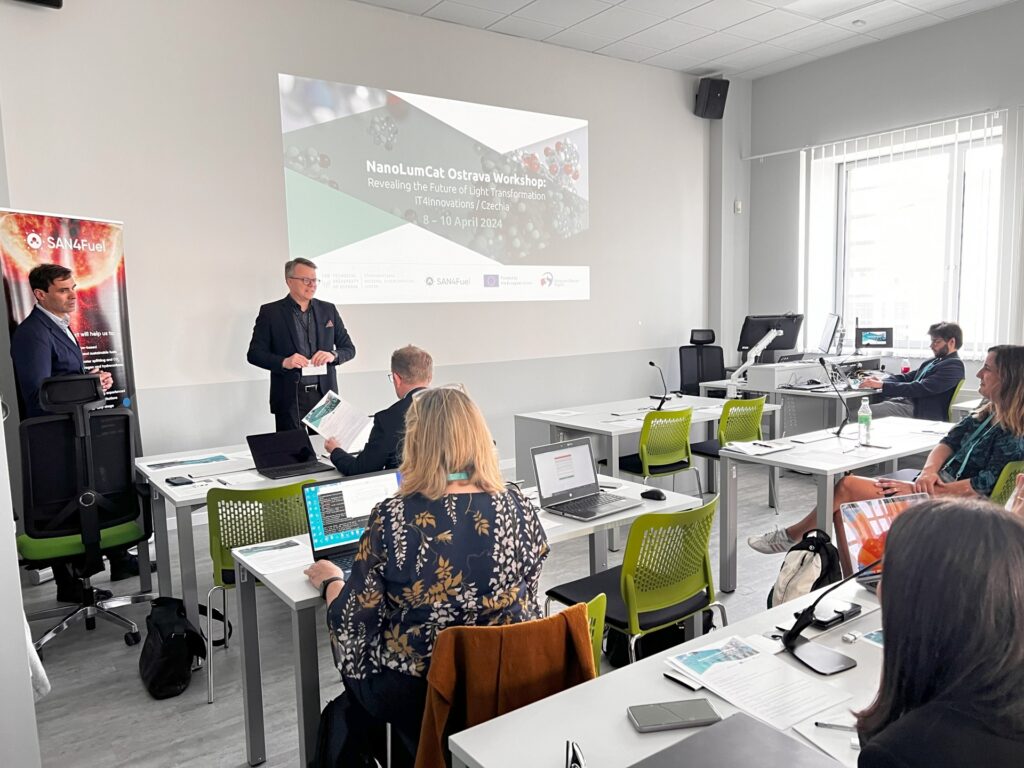
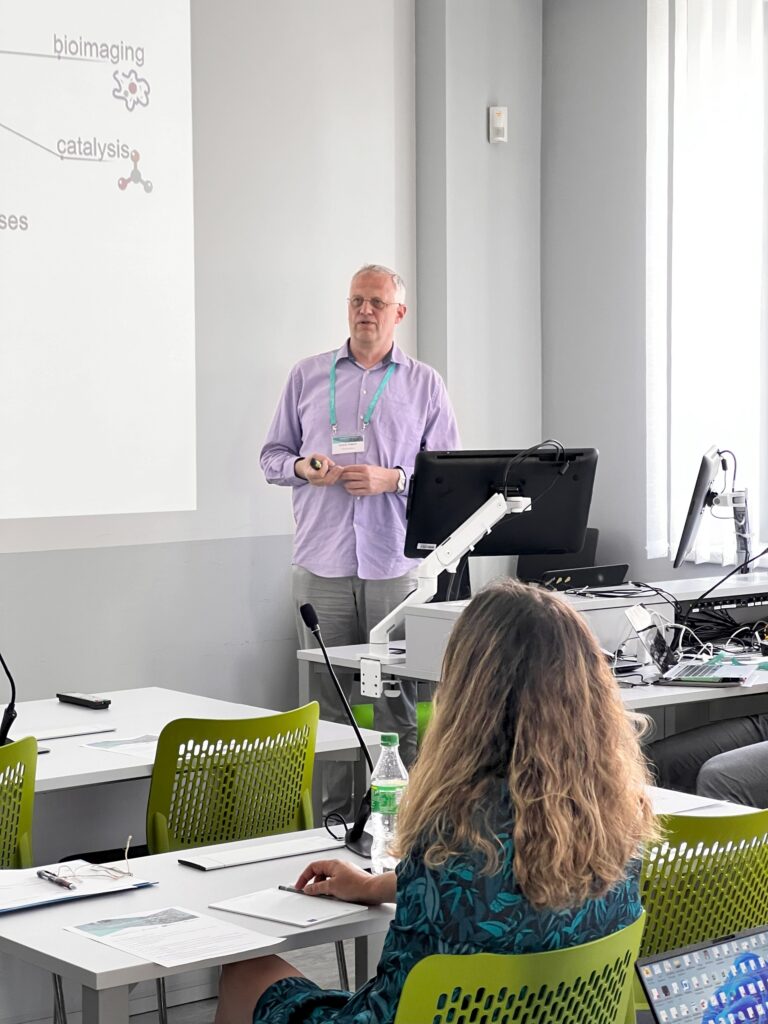
Carbon structures with ‘more or less’ active metals will be discussed by Paolo Fornasiero, professor of inorganic chemistry at the University of Trieste, who is also a member of the SAN4Fuel project research team. Michele Melchionna, from the same university, will address the rational assembly of nanohybrid materials for heterogeneous catalysis, especially for catalytic processes related to energy (photocatalysis and electrocatalysis) and heterogeneous catalysis for organic synthesis, with a focus on understanding the structure/activity relationship.
Lectures by colleagues who are mainly involved in experiments will be organically supplemented by contributions from the field of design and theoretical description of properties of carbon nanomaterials. A leading expert on the interaction of light and molecules, professor at the University of Vienna Leticia Gonzáles, will talk about how to calculate optical properties of molecules. Her lecture will be supplemented by a number of contributions by young colleagues from many European countries.
“The workshop features big names. Many of the scientists present are among the most highly cited in their fields in the world. A similar success would not have been possible without the previous long-term cooperation and a number of common results both within CATRIN and under the auspices of the Materials-Envi Lab at VSB-TUO,” said another of the organizers and the proncipal investigator of the SAN4Fuel project, Štěpán Kment.
The workshop will go on until Wednesday. In addition to lectures and discussions, the programme also includes a tour of the IT4Innovations and Materials-Envi Lab at the Centre for Energy and Environmental Technologies of VSB-TUO.

